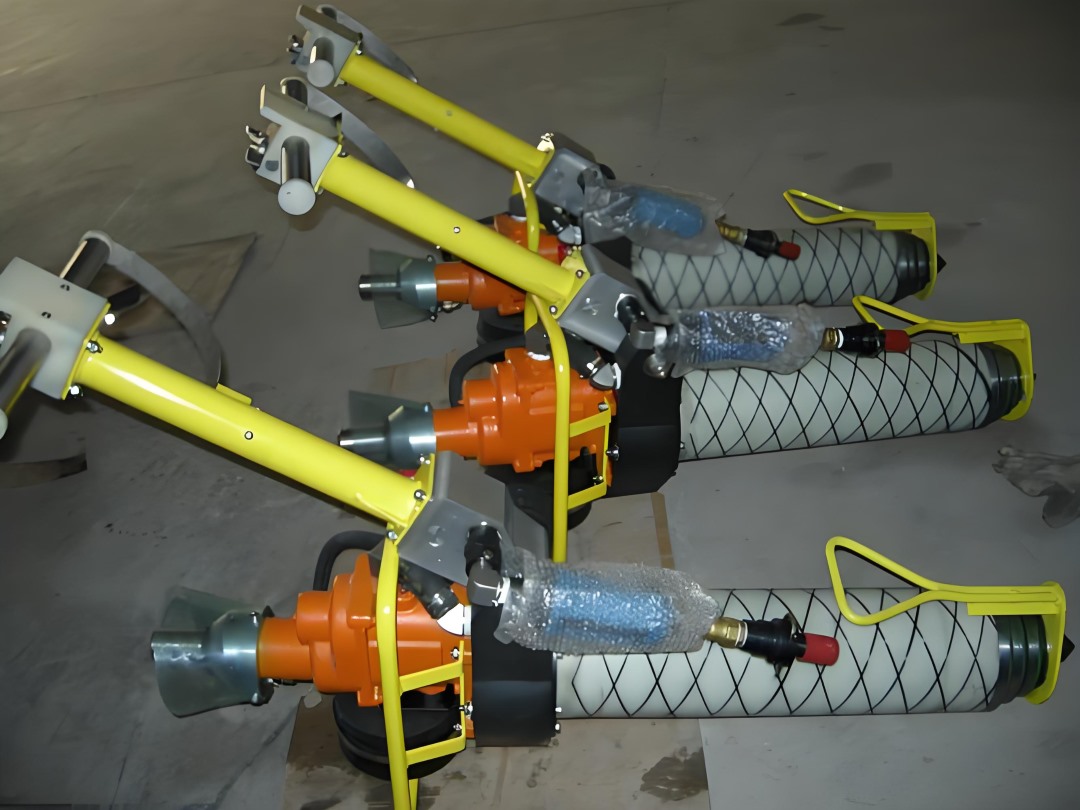Handheld hydraulic and pneumatic anchor drills are two common options for anchor drilling operations, each with its own advantages and disadvantages. The choice depends primarily on the construction environment, power availability, efficiency, and cost requirements.

I. Comparison of Handheld Hydraulic and Pneumatic Anchor Drills
1. Power and Torque
Hydraulic: Offers high torque and smooth start-up, making it suitable for hard rock formations and applications requiring high drilling force; it performs best at low speeds and high torque.
Pneumatic: Offers high speeds and strong impact, making it suitable for operations requiring high crushing efficiency and small hole diameters, but efficiency decreases in ultra-hard rock formations.
2. Applicable Environment
Hydraulic: Suitable for applications with limited space or where stable output is required, such as underground mines, tunnels, and slopes. The hydraulic system also has a low dependence on electricity or air.
Pneumatic: Suitable for open-air or semi-open-air projects with good ventilation and sufficient air compressors. It features a simple structure and excellent dust resistance.
3. Weight and Portability
Handheld hydraulic presses are generally heavier but offer less vibration and greater operator comfort. Pneumatic presses are lightweight, start quickly, and are more suitable for short-duration, high-frequency mobile operations.
4. Application Scenarios
Hydraulic: Suitable for hard rock formations, deep hole anchor support, and steeply sloped tunnels (<14°). Not suitable for tunnels with low roofs (a 0.5m clearance is required).
Pneumatic: Suitable for gas mines, soft rock coal tunnels, and short-distance, frequent mobile operations. Not suitable for environments lacking water pressure or rock formations with a hardness greater than f10.
II. How to Choose (Practical Suggestions)
1. If the operation involves hard rock, deep holes, and high torque is required: hydraulic is preferred.
2. If the construction site has a stable air compressor station, requires flexibility, and is cost-sensitive: pneumatic is an option.
3. If vibration and operator comfort are critical, or if space is limited: hydraulic is more suitable.
III. Summary
1. Hydraulic anchor drills are the preferred choice for efficient deep drilling in hard rock, particularly for long-term projects and complex environments.
2. Pneumatic anchor drills remain cost-effective for shallow drilling in soft rock and temporary projects, but attention should be paid to noise control and air source stability.





